The Ultimate Bird.
Second round.
Here is the next round of the exciting December fun to get to know which is the ultimate bird to see on this planet in this life. Several great birds did not quite make it to the top 16. It was a very even race for the last three slots. For instance Common Potoo, Hoatzin, Atlantic Puffin, Light-mantled Albatross and any Lyrebird calling were very close. Check out the Facebook page where the voting in the first round took place and the blogpost that presented this contest.
The contestants are presented one by one, and then we go to the first 8 matches from which 8 winners will appear after you have voted.
The vote ends on Saturday. Let’s begin! Quarter finals will be on line late on Dec 17. Don’t forget to share this with your birding friends.
Spoon-billed Sandpiper
The Critically Endangered Spoon-billed Sandpiper is one of the most wanted birds by many birders and a very peculiar bill. This species has a naturally limited breeding range on the Chukotsk peninsula and southwards up to the isthmus of the Kamchatka peninsula, in north-eastern Russia. It migrates down the western Pacific coast through Russia, Japan, North Korea, South Korea, mainland China, Hong Kong (China), Taiwan (China) and Vietnam, to its main wintering grounds in Bangladesh and Myanmar. Wintering birds have also been recorded from India, Sri Lanka, Thailand, Vietnam, the Philippines, in the Fujian province of China, Peninsular Malaysia and Singapore. The breeding population in 2009/2010 was estimated at 120-200 pairs, which may be too optimistic. Photo by nkenji on Flickr.
Marvelous Spatuletail
The Endangered Marvelous Spatuletail is perhaps the most spectacular hummingbird in the world. It is uncommon and restricted to the eastern slopes of the río Utcubamba valley (an affluent on the right bank of the río Marañón) in the Cordillera del Colán, Amazonas, and one locality further east in San Martín, north Peru. Photo: Roger Ahlman featured in birdingblogs post in January 2011.
Harpy Eagle
Harpy Eagle is the most powerful eagle on Earth. It is sparsely distributed and generally rare throughout its extensive range in south Mexico, Guatemala, Belize, Honduras, Nicaragua, Costa Rica, Panama, Colombia, Venezuela, Guyana, Suriname, French Guiana, Ecuador, Peru, Bolivia, Brazil, Paraguay and north-east Argentina. Photo by Isaac Hsieh on Flickr.
Resplendent Quetzal
Resplendent Quetzal is a magical and godly bird from Central America from Mexico to Panama. Photo by Clay Taylor featured on Birdingblogs in September.
Shoebill
The Shoebill has the most amazing bill. It is widely but very locally distributed in large swamps from Sudan to Zambia and listed as Vulnarable by Birdlife International. Photo by Stttijn on Flickr.
Snowy Owl
Snowy Owl is high on many birders lists. It occurs in Arctic regions in the Old and New World. Photo used by permission from John Afdem.
Kakapo
The Kakapo is a nocturnal flightless Parrot from New Zealand and critically endangered. It formerly occurred throughout most of the North, South and Stewart Islands, New Zealand. Although it disappeared from most of its original range in the wake of human colonisation, the species remained abundant in Fiordland and some other higher-rainfall and more sparsely inhabited parts of South Island until the early twentieth century . The last accepted North Island record was in 1927, the last South Island record of three males in Fiordland in 1987, and the last Stewart Island record of a female found and transferred to Codfish Island in 1997. In 1999, 26 females and 36 males survived , comprising 50 individuals of breeding age, six subadults and six juveniles. The population stabilised, and has begun to slowly increase following the implementation of intensive management . By 2009, the kakapo population stood at 124 birds .
Males cluster in traditional lekking sites and advertise their presence by calling each night for about three months, with mating occurring mainly between January and early March. Female kakapo take nine to 11 years to reach breeding age, and may live at least 90 years. Photo Department of Conservation.
Wandering Albatross
Wandering Albatross has the longest wingspan of any bird. It lives in the southern oceans and is listed as Vulnarable by BirdLife International. Photo by Chantal Steyn.
Ivory Gull
The snow-white Ivory Gull has a near-circumpolar distribution in the Arctic seas and pack-ice, breeding from north Canada through Greenland , Svalbard and Jan Meyan Islands and islands off northern Russia. It occassionally wanders to temperate areas in the winter, causing twitch mode among hard core birders of the Northern hemisphere. Photo by Jomillo75 on Flickr.
Emperor Penguin
The Emperor Penguin has a circumpolar range, restricted to the coast of Antarctica where major breeding colonies can be found. Charming and popularised by the Happy Feet animated movie. Guess which bird would win if your kids would do the vote for you? Photo by Anne Froehlich.
Wilson’s Bird-of-Paradise
Wilson’s Bird of Paradise is endemic to the Papuan islands of Waigeo and Batanta off north-west Papua (formerly Irian Jaya), Indonesia, where it reported to be frequent in hill forest above 300 meters. The male displays its vivid colors in arenas. Photo from Wikipedia by Seranoksay.
Inca Tern
Inca Tern is the most beautiful Tern in the world and it is common along the coast of Peru to Central Chile. Photo by Alfredo Fernandez featured in Birdingblogs in October 2011.
Philippine Eagle
The Critically Endangered monkey eating Philippine Eagle is endemic to the Philippines, where it is known from eastern Luzon, Samar, Leyte and Mindanao. Mindanao supports the bulk of the population, with recent research estimating 82-233 breeding pairs. The total population is estimated to only 250 pairs. Photo by Voltaire Malazarte on Flickr.
Blue Bird-of-Paradise
https://youtu.be/F296HzlG1gE
Blue Bird-of-Paradise occurs in the eastern Central Ranges of Papua New Guinea, from Mt Sisa south of Tari to the Owen Stanley range. It is patchily distributed and absent in many areas, but nowhere common. There are no Creative Common pictures on the internet of this species, but since a photo would not do it justice, maybe a video would actually be better.
Long-whiskered Owlet
The enigmatic Long-whiskered Owlet, which until recently only known from a few specimens, can now be seen in the Abra Patricia area in Amazonas department in Northern Peru. It is listed as Endangered by BirdLife International. Photo: Glenn Bartley featured on Birdingblogs in December 2011.
Ibisbill
The Ibisbill is a bird related to the waders, but sufficiently distinctive to merit its own family Ibidorhynchidae. It occurs on the shingle riverbanks of the high plateau of central Asia and the Himalayas. Photo by Moharan Kemparaju on Flickr
[polldaddy poll=5749923]
[polldaddy poll=5750397]
[polldaddy poll=5750407]
[polldaddy poll=5750415]
[polldaddy poll=5750418]
[polldaddy poll=5750423]
[polldaddy poll=5750434]
[polldaddy poll=5750437]

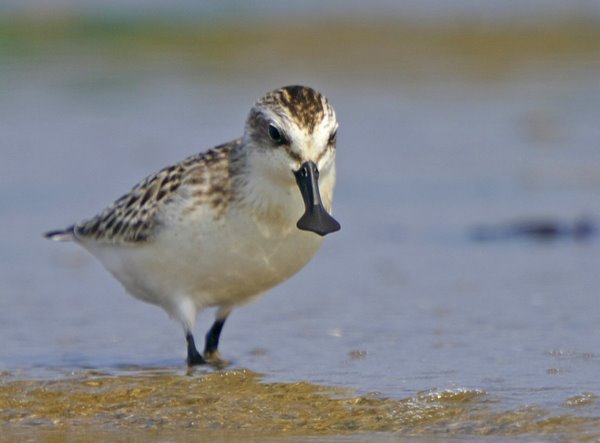
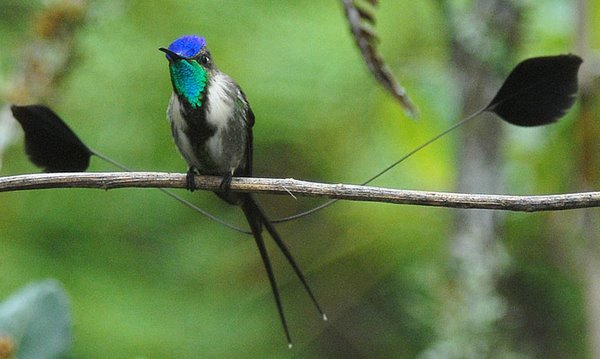
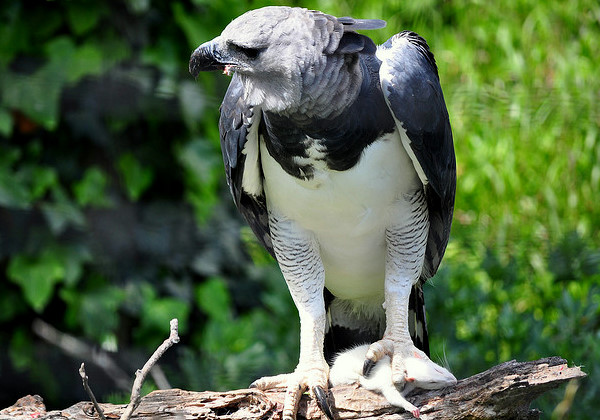
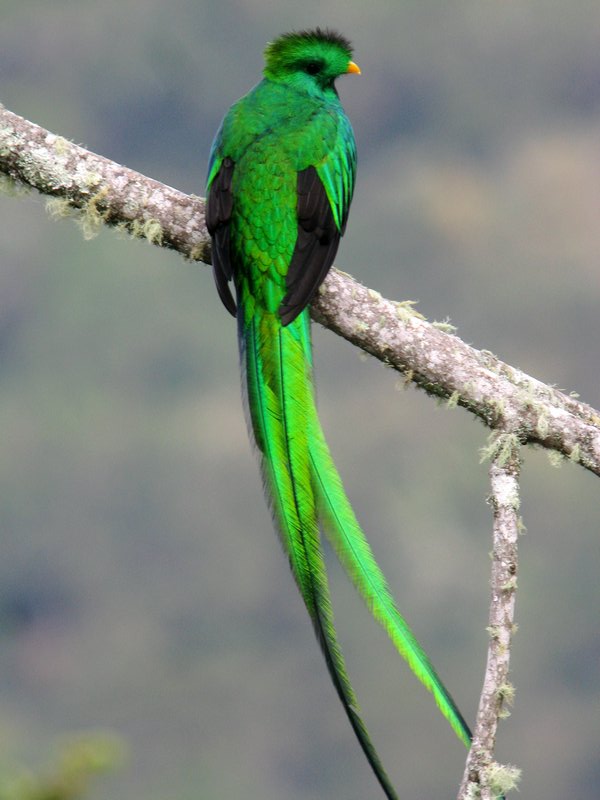
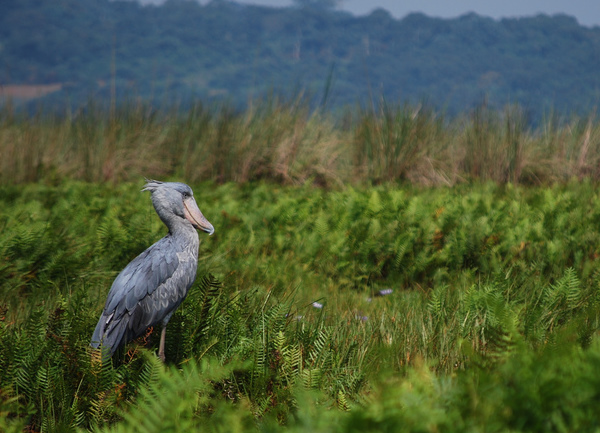
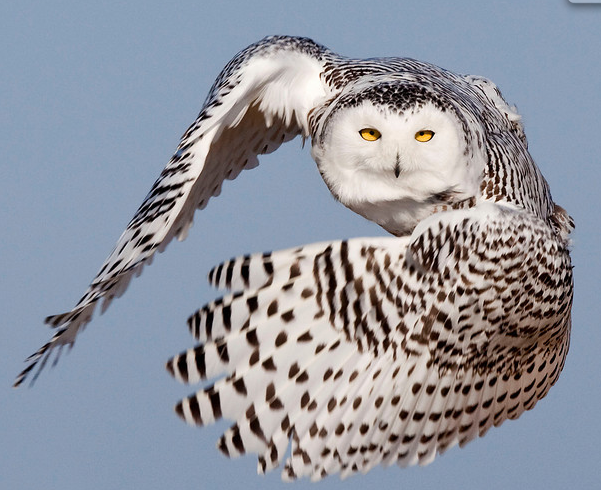
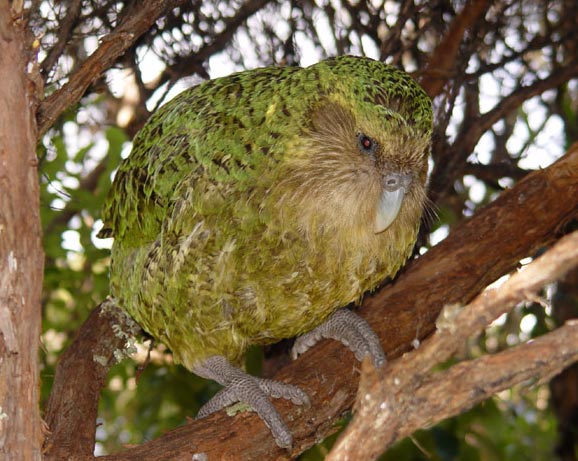
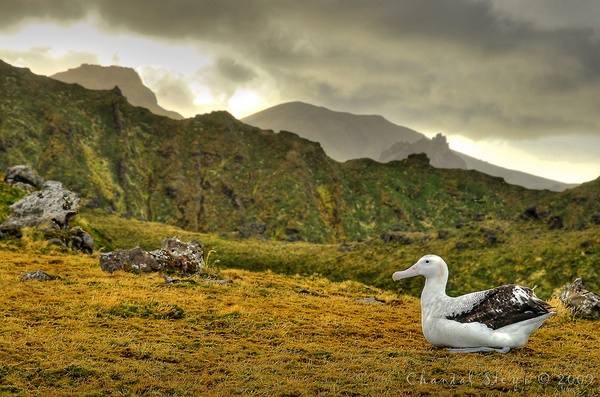
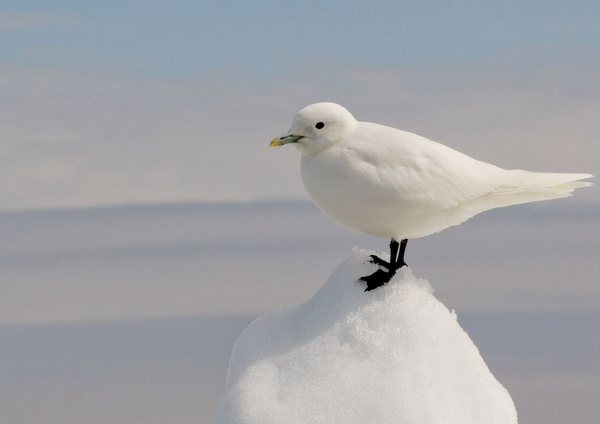
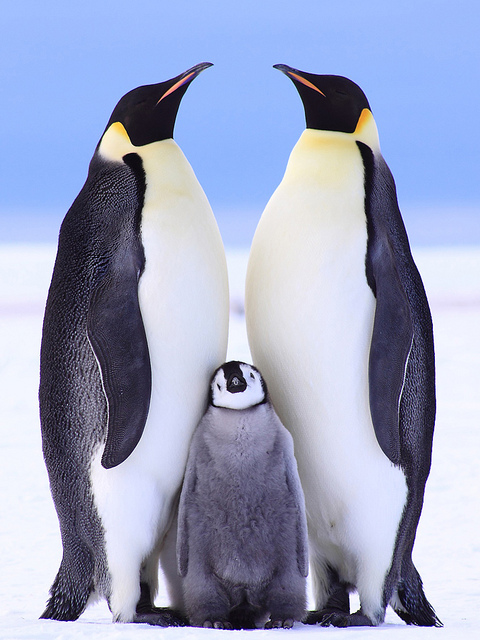
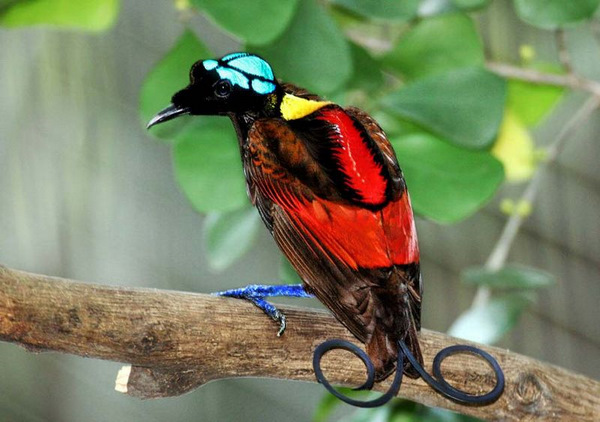
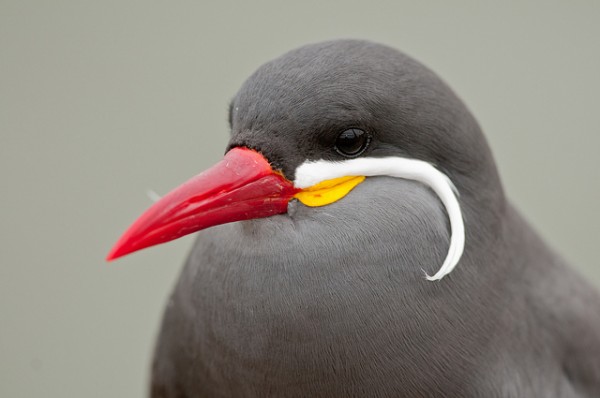
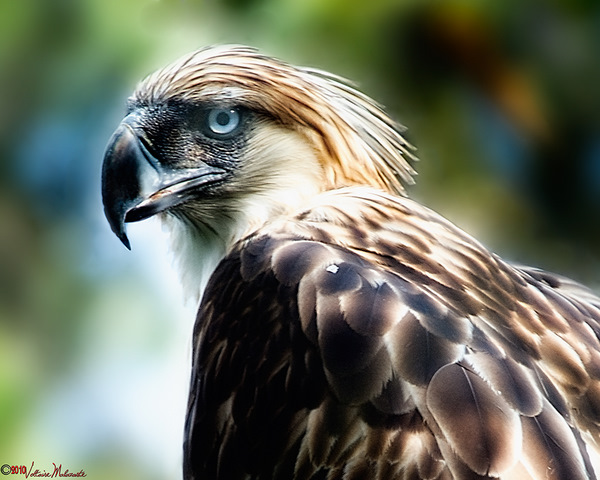
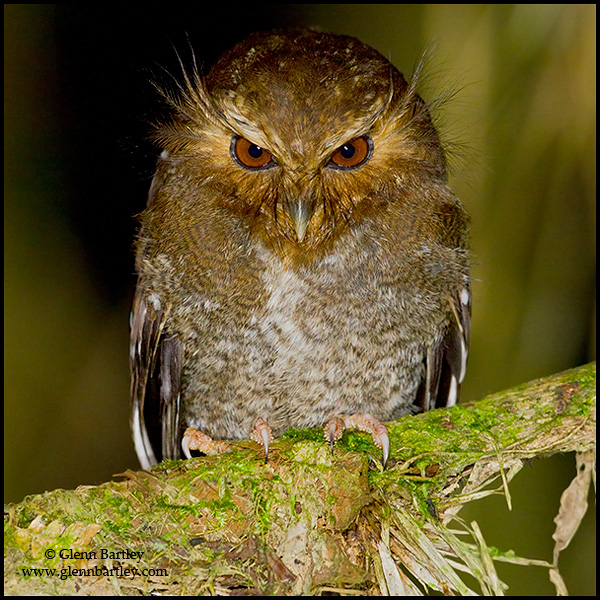
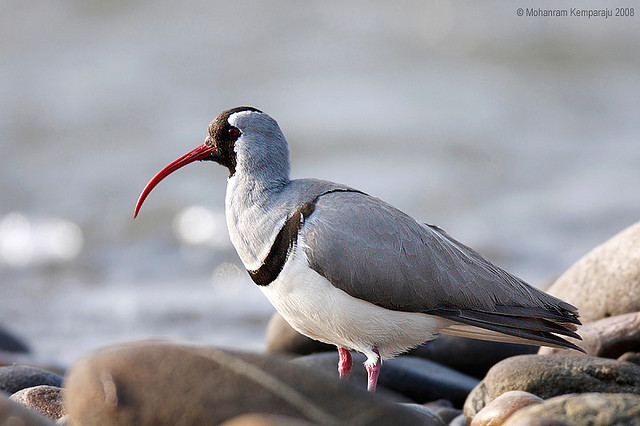
Cool Gunnar… I already voted!
All birds here are fantastic species and I feel blessed with sights of some of them… I just honestly -and not defending my location- can’t understand how birds like Black-backed (Dwarf) Kingfisher or Gurney’s Pitta, even the Golden Pheasant aren’t in the list!… So many beauties IN and OUT of the list… We are SO lucky of been birders!!!
Yes Alex, there are simply too many good birds around. 582 votes on the previous excercise on Facebook was not enough to nominate all the possible birds.
Yes Alex, there are simply too many good birds around. 582 votes on the previous excercise on Facebook was not enough to nominate all the possible birds.
impossible to choose. why only one? id go for ten per zoogeographical region, not one in the world
It is a take on that Huffington Post contest.
https://www.huffingtonpost.com/2011/12/01/1000-places-to-see-before_n_1122062.html
One place on earth was chosen as the ultimate place to visit before you die. I thought we’d do the excersize on birds here on birdingblogs. Which one is the most wanted of them all?
A funny contest, but it´s quite difficult to be fair to the ones that I´ve already seen.
How was these birds chosen ? When I look at the original top 16 chosen ? When I visited the facebook site, it wasn´t all of the 16 birds above that was on the list.
Henrik, there was a cut-off deadline on Saturday and the top 14 had more votes than the others. 2 were added from those that had 6 votes then. One (Long-whiskered Owlet) was my choice, and the other was Ibisbill (which was elected most popular on a follow-up Facebook question). But hey, this is just for fun. It would have been nice if more people would have voted on the facebook site, so there would have been 16 clear candidates. In the end I had to use what there was.
I disqualified Ivory-billed Woodpecker (no recent clear 600px photo) and answers like “the bird nearest to” and “the one I am looking at”. The latter because it did not give a valid alternative specific bird for the continuation. Hope this answers your question. It is just a silly game, anyway… not to be taken too serious. All the birds listed, and a bunch not listed are certainly worth our attention as birders.
Why compare the PHILIPPINE EAGLE with the Resplendent Quetzal. The PHILIPPINE EAGLE is majestic on its own and the only graceful eagle in the world. It’s also the BIGGEST in terms of height and weight among other eagles.
From the Facebook vote, I matched number 1 with number 16, number 2 with number 15, number 3 with number 14 etc. This is how they got matched. After all it is the World Cup……for birds.
You are gonna have to excuse me, but that is clearly YOUR opinion. The Resplendent Quetzal is often called the most beautiful bird in the world by many… including recognized authors and personalities of high profile in the “birding world”. Personally, I have a different species as favorite, but it is also a majestic bird for sure and although the Philippine Eagle is an awesome and powerful raptor, the fantastic and unique Quetzal it’s a match for anyone!
Saying that this or that one is the “ONLY graceful eagle in the world” it’s going quite a bit too far from the truth and again, a personal opinion.
The Philippine Eagle is larger than many others (one of the largest and most powerful birds in the planet), however, the Harpy Eagle is even bigger.
That’s the beauty here, we can all vote for the one we think should win each match… and push for the one we believe it should win… it’s just a matter of opinions…
Cheers!
You are gonna have to excuse me, but that is clearly YOUR opinion. The Resplendent Quetzal is often called the most beautiful bird in the world by many… including recognized authors and personalities of high profile in the “birding world”. Personally, I have a different species as favorite, but it is also a majestic bird for sure and although the Philippine Eagle is an awesome and powerful raptor, the fantastic and unique Quetzal it’s a match for anyone!
Saying that this or that one is the “ONLY graceful eagle in the world” it’s going quite a bit too far from the truth and again, a personal opinion.
The Philippine Eagle is larger than many others (one of the largest and most powerful birds in the planet), however, the Harpy Eagle is even bigger.
That’s the beauty here, we can all vote for the one we think should win each match… and push for the one we believe it should win… it’s just a matter of opinions…
Cheers!
Are we voting on Wandering or Royal Albatross? both are distinct species. The heading for the Albatross is Wandering, but the caption mentions Royal.
Are we voting on Wandering or Royal Albatross? both are distinct species. The heading for the Albatross is Wandering, but the caption mentions Royal.
ooops
a typo. ..it has been corrected. Wandering Albatross it is…
Thanks
I have seen a couple of these polls before – they are fun but always its the rarities that rise to the top. I ask you would you get the same thrill the SECOND time you saw a Kakapo or long-whiskered owlet as the second time you saw a full-blown lyrebird/pheasant/bird-of-paradise display or the stoop of a falcon taking down its prey or a puffed up bustard strutting its stuff. Its unique behaviours not distinctive morphology and checklist value that will get my vote every time.
I have seen a couple of these polls before – they are fun but always its the rarities that rise to the top. I ask you would you get the same thrill the SECOND time you saw a Kakapo or long-whiskered owlet as the second time you saw a full-blown lyrebird/pheasant/bird-of-paradise display or the stoop of a falcon taking down its prey or a puffed up bustard strutting its stuff. Its unique behaviours not distinctive morphology and checklist value that will get my vote every time.
Good points. Maybe why a Bird of Paradise or Marvelous Spatuletail will be just as magical experience the second time, or a Harpy Eagle delivering a sloth to the nest. Enviado desde mi BlackBerry de Movistar
Why is birdingblog saying that the Philippine Eagle is cheating and encourage all Central Americans to vote for the quetzal? That would make the contest biased since the organizers are the one telling what to vote. Also the eagle is leading because the voters just choose to vote on those two birds and not the others hence the discrepancy.
The idea is that everyone selects one winner from all 8 matches. Unfortunately the form of the free app doesn’t allow me (to force the voters to vote in all 8. But it is quite clear to me that with 30% more votes on the Philippine Eagle vs Resplendant Quetzal match, that there has been some biased promotion and that those 30% are not really world birders.
I guess I could just discount the odd extra number of votes from the winner to make it more just. As for telling Central Americans to vote, I have been telling also African Bird Club, Neotropical Birdclub, Oriental Bird Club, Birding Aus, Birding NZ, Bird Chat (mainly US) etc to vote and put forward candidates from these regions. There is no Central American Bird Club, so my suggestion in this particular case is not particularly directed – as it was a general observation on the Birdingblogs Facebook Page which has 630 fans of which 7 are from Mexico. Any fans from the rest of Central America I can’t see with Facebook Insights, but they’d be very few. In any case, I did not tell anyone to vote for the Quetzal, only that that there are 130 more votes for this match – let your friends in Central America know…..
Does this make any sense?
Gunnar said: “But it is quite clear to me that with 30% more votes on the Philippine
Eagle vs Resplendant Quetzal match, that there has been some biased
promotion and that those 30% are not really world birders”
Well said Gunnar… The idea here is to have fun and share birds and birding from wherever you are… It isn’t about voting for a country, a symbol or any kind of any other reasons… It’s all about the fun of birding and each personal view…
I have to admit that I was biased towards Peruvian birds everytime I had to vote!